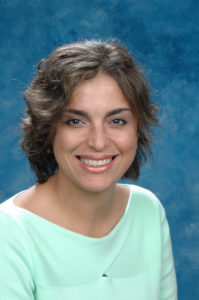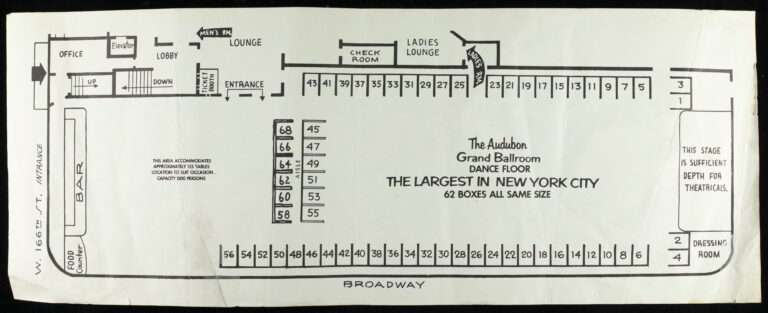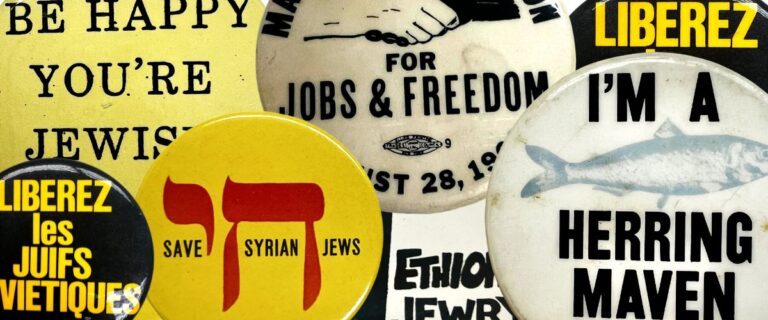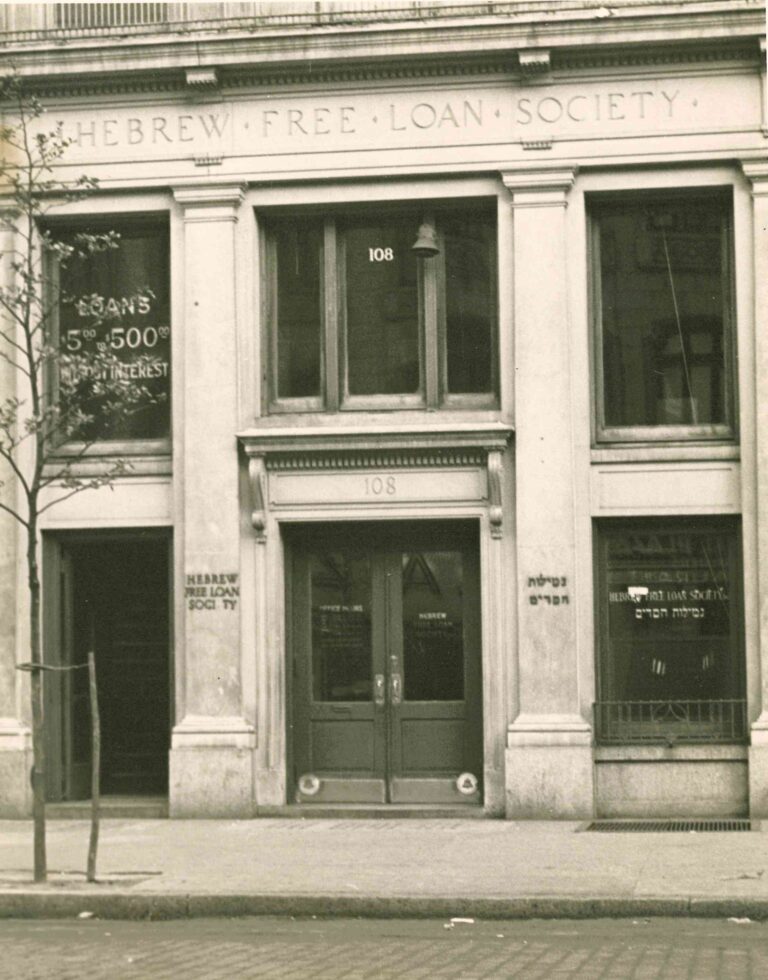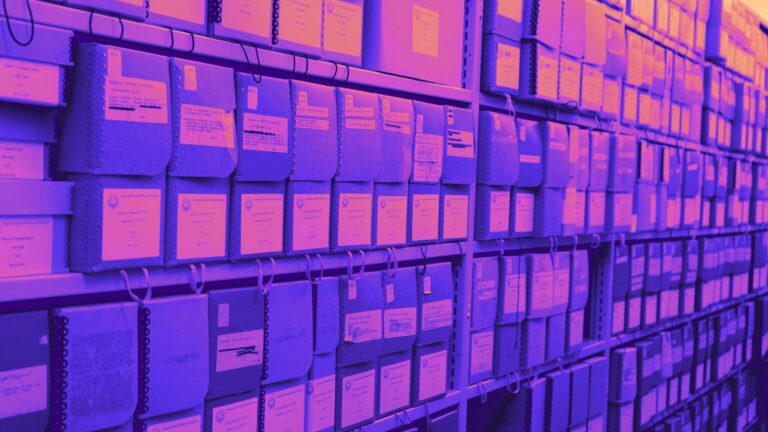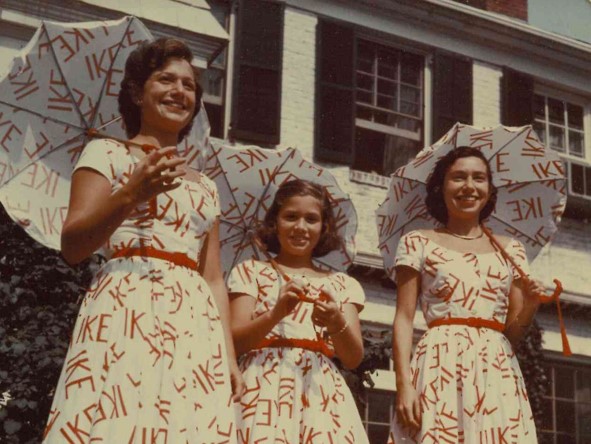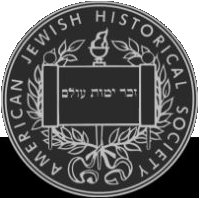What the AJHS collections can teach us about pandemic and disease
Editorial Note: On Wednesday, September 14, 2022, World Health Organization Director-General Tedros Adhanom Ghebreyesus told reporters that the end of the COVID-19 pandemic is “in sight.” In response to this announcement, we’re happy to share Part 2 this blog post by Senior Archivist Tanya Elder, all about what the AJHS Collections can teach us about the histories of pandemics, and disease. Originally posted May 20, 2020. Read Look to a Shared History for a Collective Hope: Part 1.
Currently, our national media is saturated with reports from economists and national political leaders, but looking at the local and individual experience of this pandemic might offer us a more nuanced understanding of our historical moment. So too is it important to look to the written observations of historical leaders, and individuals. Outbreaks of cholera in New York and Britain in the 19th century would prompt prayers seeking heavenly help for the dissipation of the disease.
Religious communities seeking comfort were denied the occasion of communing together during the outbreak, so it became the task of spiritual leaders to minister creatively. Of particular note is this prayer written by Congregation Shearith Israel minister, Jacques Judah Lyons in an undated (and not fully translated) Dutch/Hebrew “Prayer for Adverting Cholera.”

Rabbi Solomon Hirshell’s Prayer on the Visitation of Cholera was written during the 1832 cholera outbreak in Great Britain. To combat the outbreak, it was decreed that social and religious organizations would hold a General Fast. Plague fasts were called on several occasions in Great Britain, fulfilling both a religious and a political function as social restlessness always appears to accompany seasons of pandemics.
In New York City, every night at 7pm, we hear a collective applause for first responders and essential workers who continue to make personal sacrifices every day in the fight against this virus. We think of and marvel at those who have chosen to travel to New York City from other states, and even countries, to help support our overwhelmed hospital system. Individuals such as these inspired us to look for examples of similar fidelity in our collections.
The Hadassah Collection includes the papers and oral history of Nurse Madeline Lewin-Epstein. Lewin-Epstein was part of the American Zionist Medical Unit (AZMU), a unit organized by Henrietta Szold, whose existence was made possible through the donations of Jewish communities throughout the United States. The AZMU left for Palestine to try and combat a terrible cholera outbreak in the summer of 1918, as World War I drew to a close. The unit was comprised of nurses, doctors, dentists, sanitarians, and administrators; in addition to a huge number of medical supplies, including an ambulance. Nurse Madeline met Doctor Samuel Lewin-Epstein on board the ship, and they were engaged by the time the ship docked in Palestine.

The Hadassah Collection includes a fascinating two-hour oral history of Lewin-Epstein’s travels from New York to Alexandria to Palestine, and a cholera outbreak in Tiberias. It’s an in-depth, first-hand account of World War I, travel by steamship and rail, her reactions to Palestine and the Balfour Declaration, in addition to her observations about the health and general welfare of the area. It provides great insight into what it took to mobilize a medical force and send it half-way across the world.
Anxiety surrounding whether a “return to normal” is possible, or what it will even look like, is understandable, as we are still in the midst of this pandemic. Looking back at how resolutions unfolded after moments of trial in our past almost always points to the amazing collective efforts and ingenuity of individuals. The diseases we have discussed in this article are not gone from our world, but, on the whole, they are better understood, and thus preventable, thanks to the long-term efforts of scientists and medical researchers.
AJHS holds the of records, documents, and research of microbiologist Selman Waksman. Russian-born and internationally educated, Waksman attended Rutgers University, and worked as a research assistant in such fields as soil and sea bacteriology, plant and animal decomposition, and the structure and nature of antibiotic substances. He was able to isolate several new antibiotics including streptomycin, which was used as a cholera treatment through the late 1960s. Waksman would won the 1952 Nobel Prize in Physiology or Medicine for his work. The list of antibiotics that are attributed to his discovery is also a list of cures and treatments which represent countless lives saved.
These stories and individuals serve as a symbol of hope, as evidence of those who came before us and not only survived great trials, but flourished. They provide us with comfort; and we hope that, by sharing them with all of you, that you too can find hope in these episodes from the AJHS Archives.

